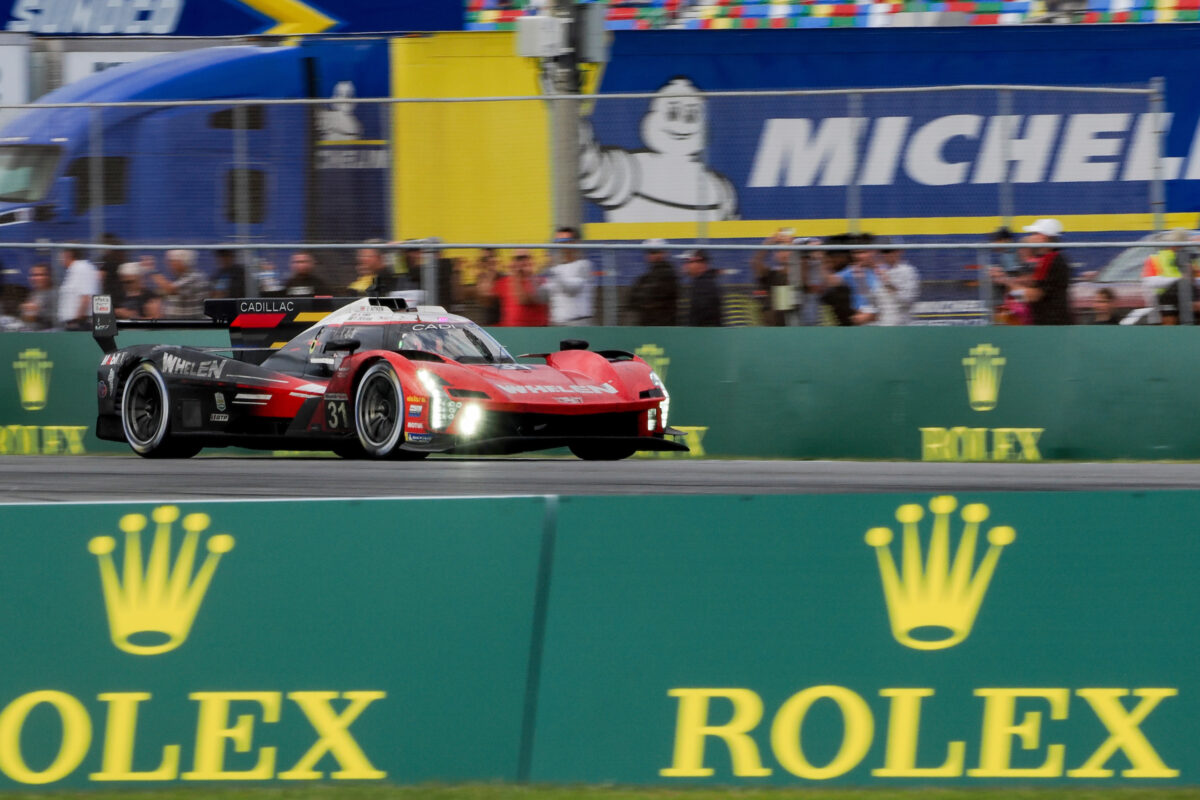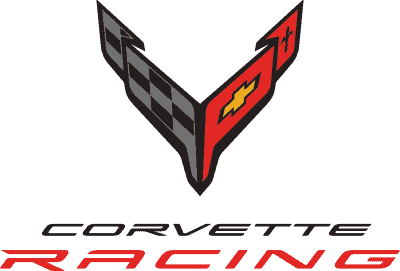The 100th anniversary edition of the 24 Hours of Le Mans is fast approaching and with the traditional pomp, ceremony and spectacle of the race it’s a cool event to be a part of and I’m looking forward to it.
In stark contrast to a Formula E or even IMSA event, Le Mans is one of the longest build-ups in terms of the time spent gearing up for the race. Our #311 Whelen Engineering Cadillac V-Series.R arrived at the Circuit de la Sarthe on Tuesday and I’ll be driving across to France today (Thursday), some 10 days before the 91st running of this race gets underway. Although that’s presented a scheduling nightmare in the past, and the period away from home and my family is a challenge, the time it affords for testing and getting the car dialled in to the peculiarities of Le Mans is a big bonus.
Nevertheless we’ve got a huge challenge ahead of us. Whilst we’ve had some success across the pond in IMSA so far this season – including a win at the Sebring 12 – and currently sit second in the championship standings, here we’ll be competing under WEC rules and it’s something we need to get to grips with quickly.

The competition is so tough and with 12 of the 16 Hypercar entries already up to speed with the WEC ways of doing things, we’re facing a stiff challenge, but it’s one we’re up for.
Most notable is the use of tyre warmers. IMSA has never used tyre warmers and although WEC also moved to outlaw them from this season, they will return just for Le Mans. This will lead to an inevitable adjustment in driving style at the start of a stint but managing tyre life throughout the race is going to be one of, if not THE key challenge and it’s likely we’ll have to double-stint most sets of tyre that we’re allocated.
In terms of compound allocation, for Le Mans we can use all three compounds created by Michelin, instead of having to run two of the three as is the case in IMSA and WEC ordinarily. Hopefully this takes an element of lottery – albeit a small one – out of the equation.
And generally speaking, having only really driven in the GT classes at Le Mans, just learning how to race a prototype around the circuit will be something I need to focus on from the get-go. Aside from the greater cornering speeds that result from higher downforce and lower weight, being the fastest class means you’re focusing far more on overtakes and ensuring they’re done as fast and efficiently as possible without compromising those tyres by running off line. Having raced a few in the multi-class IMSA Championship this season however, it’s something I’m comfortable with already and shouldn’t present too many issues.

There are no mental scars from last year when we looked odds-on to win the GTE Pro category with Corvette only to be retired from the race with a few hours to go following a collision with an LMP2 car. I can be a bit grumpy for a day or so in those scenarios but move on pretty quick, and I’m going over to Le Mans with an entirely open mind. It’s a challenge for all the reasons I’ve outlined but any successes in scenarios such as these only taste sweeter so we’ll give it our best shot.






